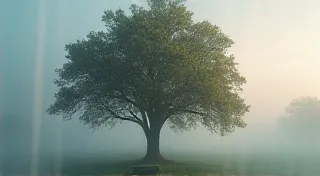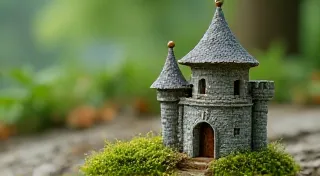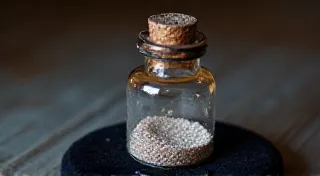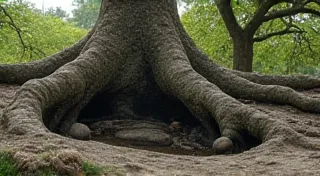Silent Sentinels: The Root Structure and Resilience of Epiphytic Orchids
There's a particular kind of melancholy that clings to antique accordions. Not the bright, boisterous sound they *can* make, but the quiet weight of years, the whisper of forgotten melodies trapped within their bellows and keys. I’m drawn to them, these instruments that have witnessed lives lived and loves lost, just as I’m deeply moved by the quiet tenacity of epiphytic orchids – plants that cling to existence in the most unlikely of places, drawing sustenance from the air and rain, refusing to be defined by the soil beneath. There’s a strange parallel, you see; both the orchid and the old accordion speak to an enduring spirit, a refusal to be silenced or let go.
My grandfather, a Polish immigrant, collected accordions. Not for profit, mind you, but for the stories they held. Each instrument he brought home – a Hohner, a Paolo Soprani, a few less-identifiable makes – was carefully cleaned, gently coaxed back to a semblance of its former glory. He’s gone now, but the scent of oiled wood and leather that lingers in the old workshop remains, a poignant reminder of his dedication, his quiet craftsmanship. It mirrored, I realize now, his own unwavering resilience in a new and often challenging land. Just as he meticulously restored these instruments, I find myself fascinated by the unique adaptations of epiphytic orchids.
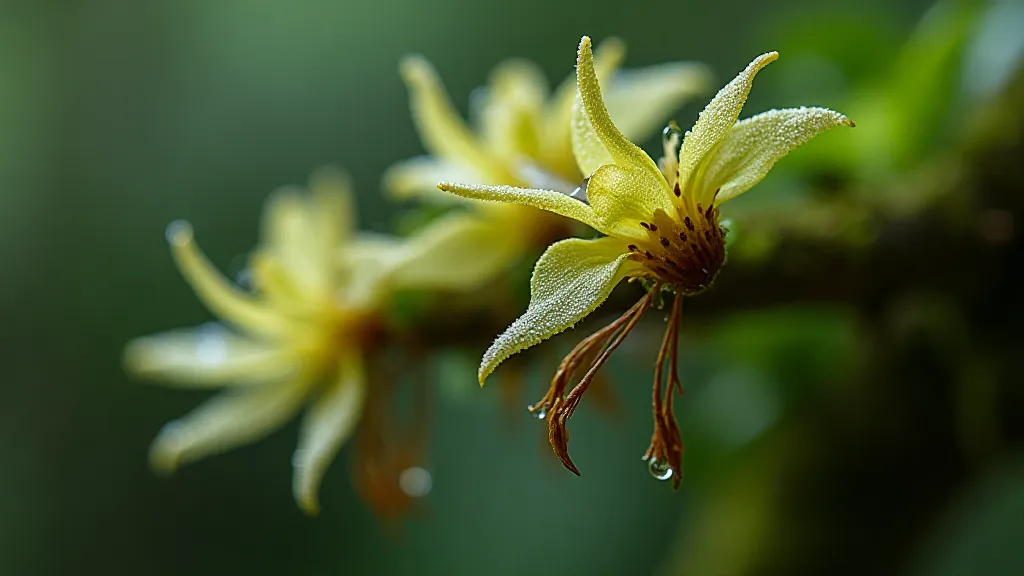
The Aerial Roots: More Than Just Clingers
The vast majority of orchids we picture – the vibrant Phalaenopsis, the flamboyant Cattleya – are, in fact, epiphytes. Unlike their terrestrial cousins, these orchids don't burrow their roots into the ground. They prefer the embrace of tree branches, rocks, or even the crevices of old buildings, high above the forest floor. The “aerial roots” you see dangling from these plants aren't simply anchors; they are complex, highly specialized organs performing multiple functions.
Traditionally, it was thought that aerial roots simply acted like suction cups, gripping onto surfaces. While clinging ability is certainly a factor – some, like the roots of Angraecum orchids, are incredibly strong – this is only part of the story. These roots are also photosynthetic. They contain chlorophyll, albeit in smaller amounts than leaves, allowing them to contribute to the orchid’s energy production. More crucially, they are covered in a layer of specialized cells called velamen. Velamen acts like a sponge, absorbing water and nutrients from rainfall, humidity, and decaying organic matter that collects on the host surface. Think of it as a living filtration system, meticulously extracting every drop of sustenance from a seemingly barren environment.
The velamen’s structure is truly remarkable. It’s made up of multiple layers of empty cells, creating an incredibly porous surface. This allows for rapid water absorption, vital for an orchid that receives its moisture primarily from the atmosphere. The color of the velamen also varies depending on the species and environment. Some orchids have silvery-white velamen, reflecting sunlight and minimizing water loss. Others have green or brownish velamen, blending in with the surrounding moss and algae.
The Craftsmanship of Survival: A Resonant Parallel
Restoring an old accordion is a similar exercise in meticulous observation and understanding. You have to appreciate the artistry of the original maker – the precise placement of the reeds, the careful tuning of the bellows, the durable construction designed to withstand years of use. Many old accordions were built with a level of craftsmanship rarely seen today. The wood used was often hand-selected for its density and resonance. The bellows were painstakingly crafted from oiled leather, designed to create a rich, full sound. And the keys, each painstakingly calibrated to produce a distinct note, spoke to a commitment to perfection that transcended mere functionality.
Similarly, the orchid’s aerial roots represent a profound adaptation to a challenging lifestyle. They aren’t simply "growing" but are actively engineering their environment, securing resources, and defying gravity. It’s a testament to the power of natural selection, a living embodiment of resilience. The delicate balance required for an epiphytic orchid to thrive – the right amount of light, moisture, and air circulation – mirrors the delicate balance needed to restore an old accordion, bringing it back to a working state without damaging its inherent beauty and value.

Lessons in Tenacity
As a writer, I’m intimately familiar with the sting of rejection. There's a moment, with every submission, when you place your creative work out there, exposed and vulnerable. And sometimes, it comes back – unanswered, or worse, rejected. It can be disheartening, enough to make you question your abilities, your passion, your entire pursuit.
But looking at an epiphytic orchid, clinging steadfastly to its host, I’m reminded that survival isn’t always about brute strength. It’s about adaptability, about finding a way to thrive in less-than-ideal conditions. The orchid doesn’t demand a fertile soil; it *creates* its own fertile environment. And so too must we, as creatives, adapt to the inevitable setbacks, learn from our failures, and continue to create, even when the path ahead seems uncertain.
The old accordion, too, offers a lesson in perseverance. It's been through years of neglect, exposed to the elements, its voice silenced. Yet, with careful attention and a bit of skilled craftsmanship, it can be brought back to life, its music once again filling the air. It's a metaphor for the human spirit – our ability to overcome adversity, to find beauty and value in unexpected places, and to continue creating, even when the world tells us to stop.

Collecting and Caring for Epiphytic Orchids
For those captivated by these remarkable plants, collecting and cultivating epiphytic orchids can be a rewarding experience. However, it’s crucial to understand their unique needs. Unlike terrestrial orchids, they thrive in well-draining, airy conditions. Repotting epiphytes often involves mounting them on pieces of bark or tree fern slabs, rather than planting them in traditional potting mix. Providing adequate humidity and bright, indirect light are also essential for their health and vibrancy. Researching the specific needs of each species is key to success. Some, like the showy Miltonias, are relatively easy to grow, while others, like the elusive Bulbophyllum, require a more specialized approach.
The journey of understanding these silent sentinels, these resilient testaments to the power of adaptation, is a journey of appreciating the beauty of perseverance. They are a constant reminder that even in the most unlikely of places, life can find a way to flourish.
